Injection Molding Flash: Minimizing Common Defect
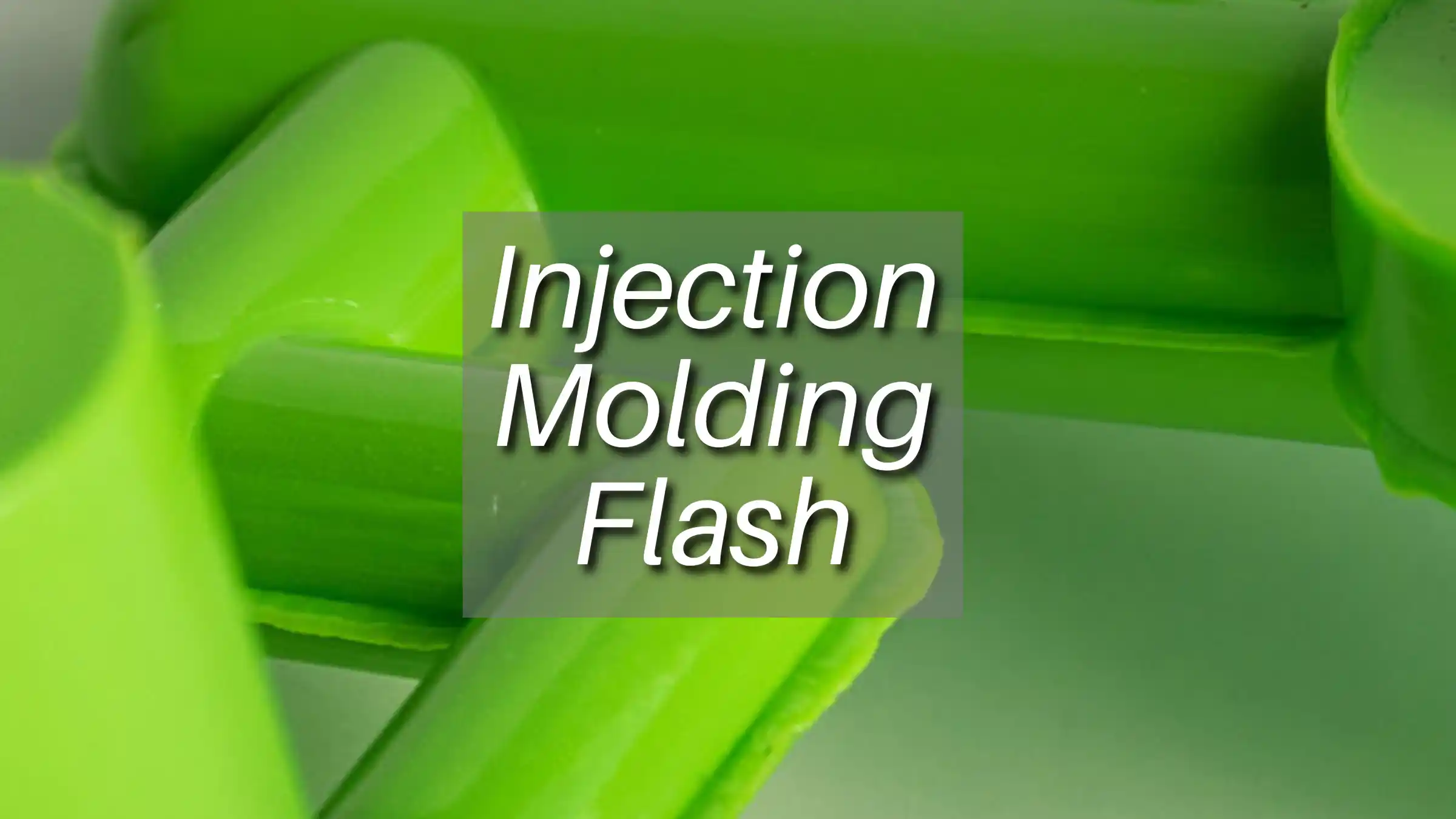
The article will provide a thorough introduction of injection molding flash, from its causes to practical solutions.
Introduction
Injection molding, a versatile and cost-effective way to create a wide variety of plastic parts, can sometimes produce unwanted extra plastic bits called flash.
This occurs when molten plastic leaks from the mold, forming thin protrusions.While a little flash is normal, too much can cause problems.
Common Injection Molding Defects
These imperfections can arise during the injection molding process, affecting the part's aesthetics, functionality, or even causing it to be unusable.
Flash: Thin protrusions of excess plastic that form along the parting line (where the mold opens) or other areas due to incomplete mold closure or improper pressure.
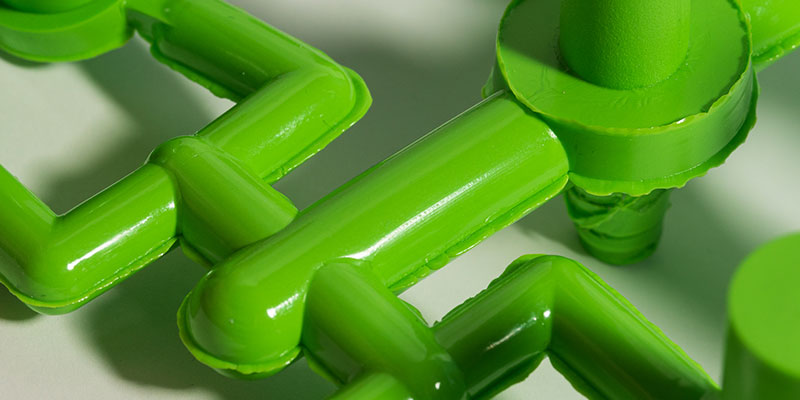
Source: protolabs.com
Warping: Unintended twists or bends in the molded part caused by uneven cooling and shrinkage of the plastic. This can lead to parts that don't fit together properly or have distorted features.
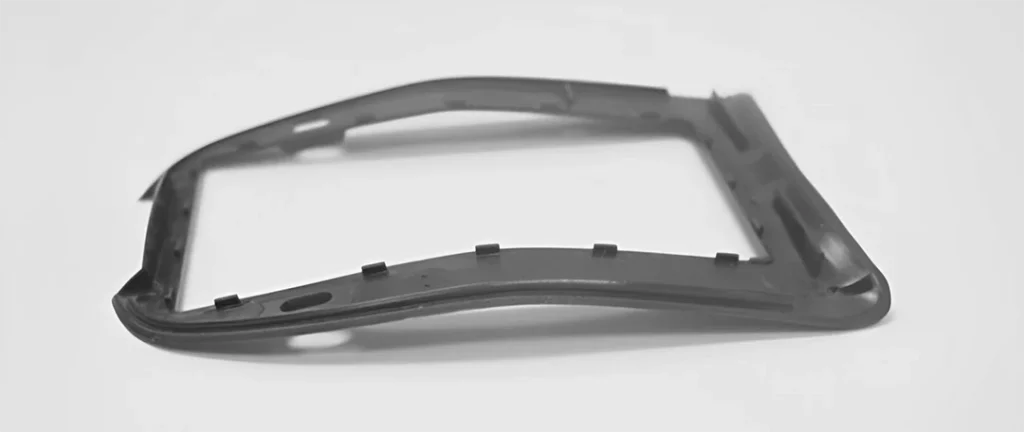
Source: prototool.com
Sink Marks: Depressions that appear on the surface of the part, typically in thick sections. They occur when the molten plastic shrinks as it cools, and more material isn't available to fill the cavity.
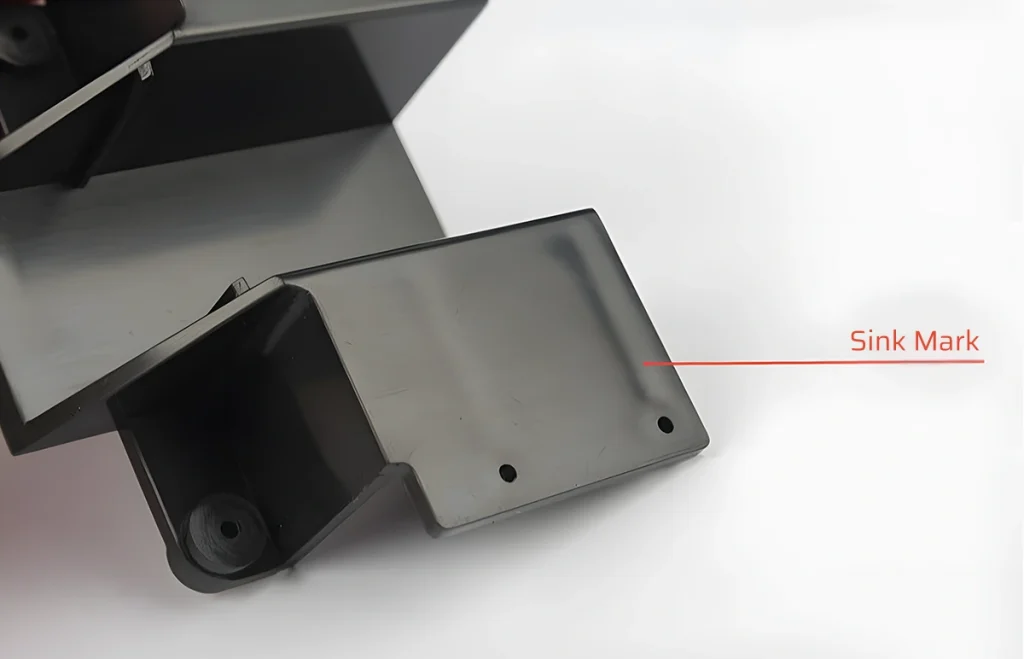
Source: firstmold.com
Burn Marks: Discoloration, usually black or brown, on the surface of the part. This happens when the plastic is exposed to excessive heat during injection or due to high friction within the mold.
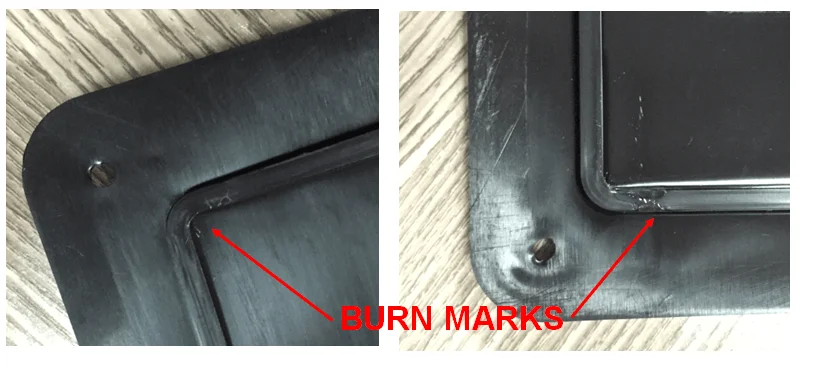
Source: cavitymold.com
Weld Lines: Visible lines or streaks where two molten plastic fronts meet and cool together. While not inherently detrimental, they can affect the part's strength and aesthetics depending on the location and material.

Source: prototool.com
Short Shots: Incomplete parts that occur when the mold cavity isn't fully filled with molten plastic. This can be caused by insufficient injection pressure, material flow issues, or mold design problems.
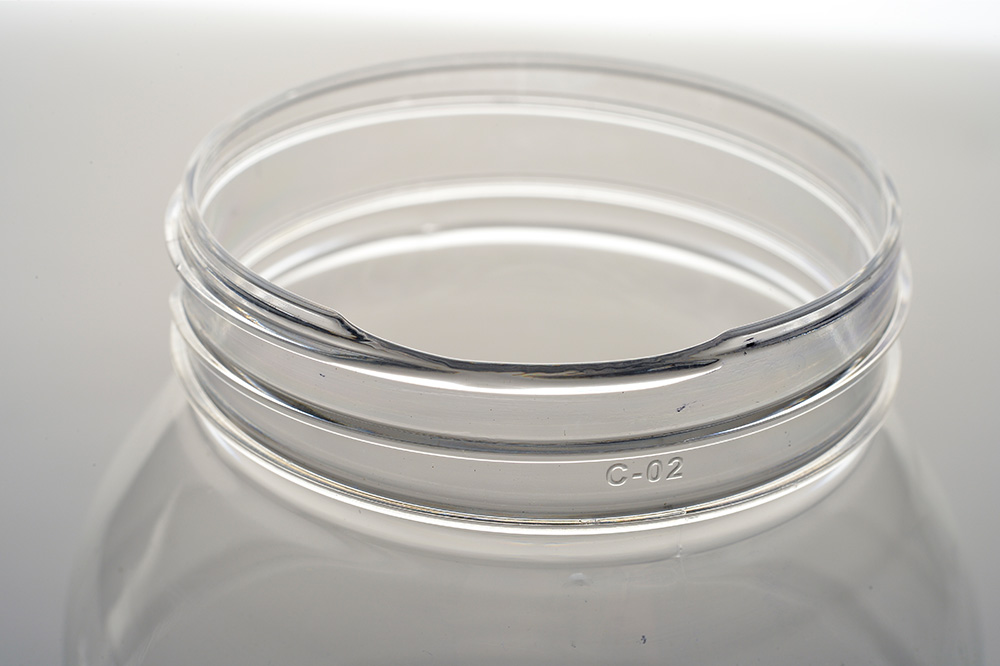
Source: alpsleak.com
Understanding Injection Molding Flash
Definition of Flash Injection Molding
Injection molding is a versatile and high-volume manufacturing process for creating plastic parts. But even with its efficiency, a common issue can arise - injection molding flash.
This refers to thin, excess plastic that forms on the final product, typically at the meeting point of the mold halves (parting line).
While a small amount of flash is often unavoidable, excessive flash can significantly impact the quality and functionality of the molded part.
Importance of Addressing Flash in Injection Molding
Injection molding flash, though seemingly minor, can cause many issues that impact production efficiency, product quality, and even functionality.
Quality Defects: Excessive flash can ruin the part's aesthetics. The protrusions can be visually unappealing and may not conform to design specifications.
Assembly Issues: Flash can interfere with parts fitting together properly. This can lead to misalignments, gaps, or difficulty in assembly, requiring rework or rejection of parts.
Functional Issues: Depending on the location and size, flash can hinder the part's intended function. It might restrict movement, block openings, or compromise structural integrity.
Production Inefficiency: Removing flash adds an extra step to the production process, increasing labor costs and cycle times.
Material Waste: Flash represents wasted material that needs to be reground and potentially affects color consistency. This increases production costs and has environmental implications.
Mold Damage: In extreme cases, persistent flash can put stress on the mold, leading to premature wear and tear or even damage.
Causes of Injection Molding Flash
Mold Design Issues
Poor Parting Line Design
The parting line is the critical boundary where the mold opens to release the part.
An improperly designed parting line, with gaps or mismatches, can allow molten plastic to leak and form flash.
Inadequate Clamping Force
The clamping force holds the mold halves together during injection.
If the clamping force isn't strong enough to resist the pressure of the injected plastic, flash can erupt through weak points.
Process Parameter Problems
Excessive Injection Pressure
Pushing too much plastic into the mold cavity can overwhelm its capacity, forcing material out and creating flash.
Finding the optimal injection pressure for complete part filling without excess is crucial.
Inappropriate Temperature Settings
Mold temperature plays a significant role in material flow and solidification. Excessively high mold temperatures can cause the plastic to remain molten for too long, increasing the risk of flash formation.
Conversely, very low temperatures might lead to premature solidification before the cavity is fully filled, also resulting in flash.
Material-Related Factors
Material Viscosity
The flow characteristics of the plastic material significantly impact flash formation.
Materials with low viscosity (thinner) tend to flow more easily and are more prone to flash if not controlled properly through other parameters.
Contaminants in the Material
The presence of moisture or other contaminants in the plastic can affect its flow behavior and increase the likelihood of flash formation. Maintaining clean and dry material is essential.
Fixing Injection Molding Flash
Identifying Flash Locations
Visual Inspection Techniques
The most basic method is a thorough visual inspection of the molded parts to identify flash locations. Trained personnel can readily spot these protrusions.
Using Sensors and Detection Systems
For high-volume production or parts with complex geometries, advanced techniques like in-mold pressure sensors or vision systems can be employed. These can automatically detect flash formation and trigger adjustments.
Immediate Fixes During Production
Adjusting Clamping Force
If insufficient clamping force is the culprit, increasing it can help the mold hold together and prevent flash. However, exceeding the mold's design capacity should be avoided.
Modifying Injection Pressure and Speed
Reducing injection pressure or slowing down the injection speed can give the plastic more time to solidify within the mold cavity, reducing the risk of flash.
Changing Material Feed Rate
Adjusting the material feed rate can ensure a consistent supply of plastic without creating excessive pressure that could lead to flash.
Post-Production Corrections
Trimming and Deflashing
This traditional method involves manually removing flash with tools like knives, clippers, or deburring equipment.
While effective for small quantities, it's labor-intensive and can be inconsistent for large-scale production.
Implementing Secondary Operations
Techniques like hand sanding, tumbling, or water blasting can be used to remove flash in a more automated way.
However, these methods can alter the part's surface finish and may not be suitable for all materials or geometries.
Reworking Affected Parts
In some cases, depending on the severity of the flash and the part's criticality, reworking the affected areas might be necessary. This can involve additional steps like sanding, gluing, or filling.
Long-Term Solutions
Redesigning Mold Components
Optimizing the parting line design, incorporating shutoff features, or using higher clamping force molds can significantly reduce flash formation.
Upgrading Equipment and Technology
Investing in newer injection molding machines with precise control systems and advanced features like hot runner systems can minimize the risk of flash.
Preventing Flash in Injection Molding
Regular Mold Maintenance
Inspection and Cleaning
Schedule regular inspections to identify potential issues like wear and tear on mold surfaces or clogged vents.
Thoroughly clean the mold to remove any debris or contaminants that could hinder proper closure or material flow.
Repair and Replacement of Worn Parts
Address worn-out mold components like seals or ejector pins promptly to ensure the mold functions optimally and minimizes flash formation.
Process Monitoring and Control
Using Advanced Sensors and Software
Modern injection molding machines often come equipped with sophisticated sensors that monitor pressure, temperature, and other parameters.
Utilizing these sensors in conjunction with dedicated software allows for real-time monitoring and adjustments to prevent flash formation.
Implementing Real-Time Quality Control
Integrating in-mold sensors or vision systems can automatically detect flash during the molding cycle.
This enables immediate corrective actions to be taken, preventing a whole batch of parts from being affected.
Operator Training and Skill Development
Educating on Best Practices
Train your operators on proper mold setup, process parameter optimization, and flash identification techniques.
Empower them to identify potential issues and take corrective actions before flash becomes a problem.
Continuous Improvement Programs
Foster a culture of continuous improvement by encouraging feedback from operators and implementing best practices based on collected data.
Regularly review and refine your injection molding processes to minimize flash occurrence over time.
Conclusion
Injection molding flash, though a common defect, can be effectively tackled through a combination of preventative measures and corrective actions.
By prioritizing mold maintenance, implementing real-time process monitoring, and investing in operator training, manufacturers can significantly reduce flash occurrence.
This leads to a smoother production process, minimized waste, and ultimately, high-quality injection molded parts that meet design expectations.
Avoid Defects in Manufacturing with Unionfab
Reduce defects, streamline production, and ensure top-quality parts.
Partner with Unionfab to leverage our expertise, advanced injection molding technologies, and unwavering commitment to quality. This translates to a reliable supply of flawless components that meet your exact specifications, keeping your production running smoothly and efficiently.


